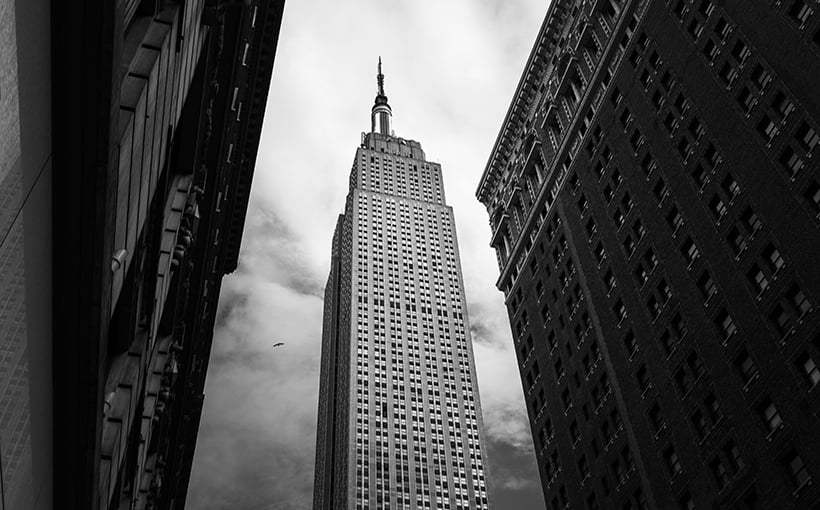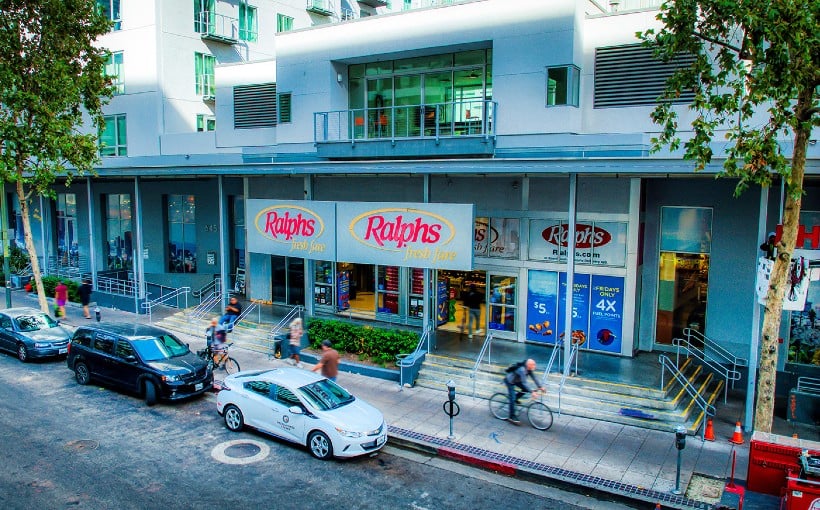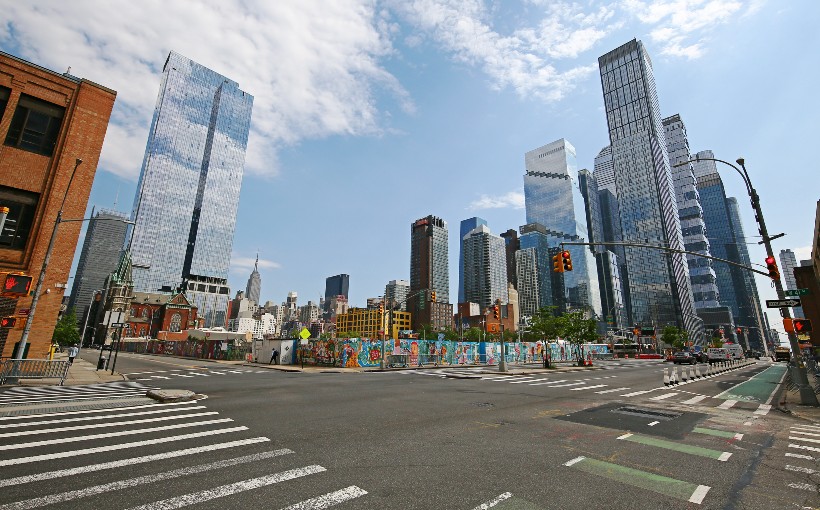The preservation of historic buildings in a city’s downtown area adds to its charm, nostalgia, and unique character. Various regulations and conservation groups work tirelessly to protect these structures from being demolished in favor of more modern developments.
However, according to a recent article by JLL , the efforts towards preserving these buildings are often at odds with the commercial real estate industry’s push for decarbonization. The article states that retrofitting historic buildings can significantly reduce their carbon footprint by up to 60%, but strict heritage preservation laws can complicate sustainability interventions.
In many parts of the world, there are restrictions on altering materials or façades on older buildings. Additionally, some areas may prohibit external additions like solar panels on rooftops.
One major challenge is finding ways to improve energy efficiency without compromising the structural integrity or aesthetics of an older building. For example, installing insulation could affect traditional solid walls or other original features.
Kirsty Draper from JLL explains that it can be challenging to obtain approval for significant changes such as onsite renewables and heat pumps in historic properties due to their unique characteristics.
To address this issue, JLL suggests implementing phased retrofits where large-scale renovations are completed over time rather than all at once. An excellent example is New York City’s Empire State Building which underwent more than ten years of renovations including new elevators and over 6




